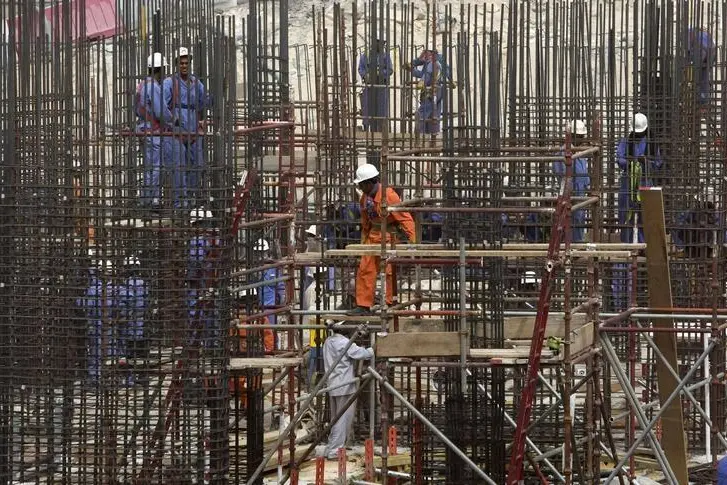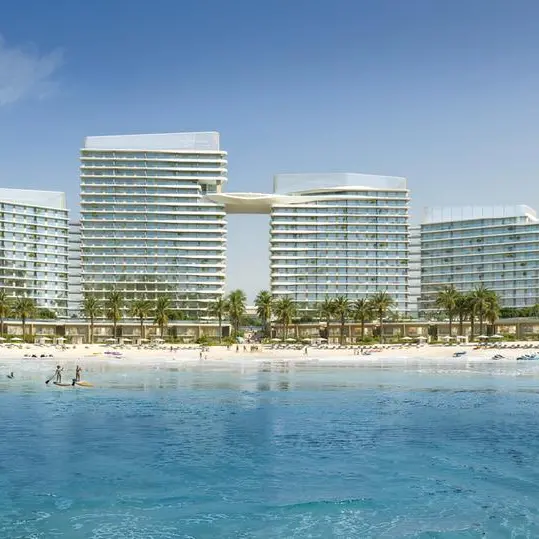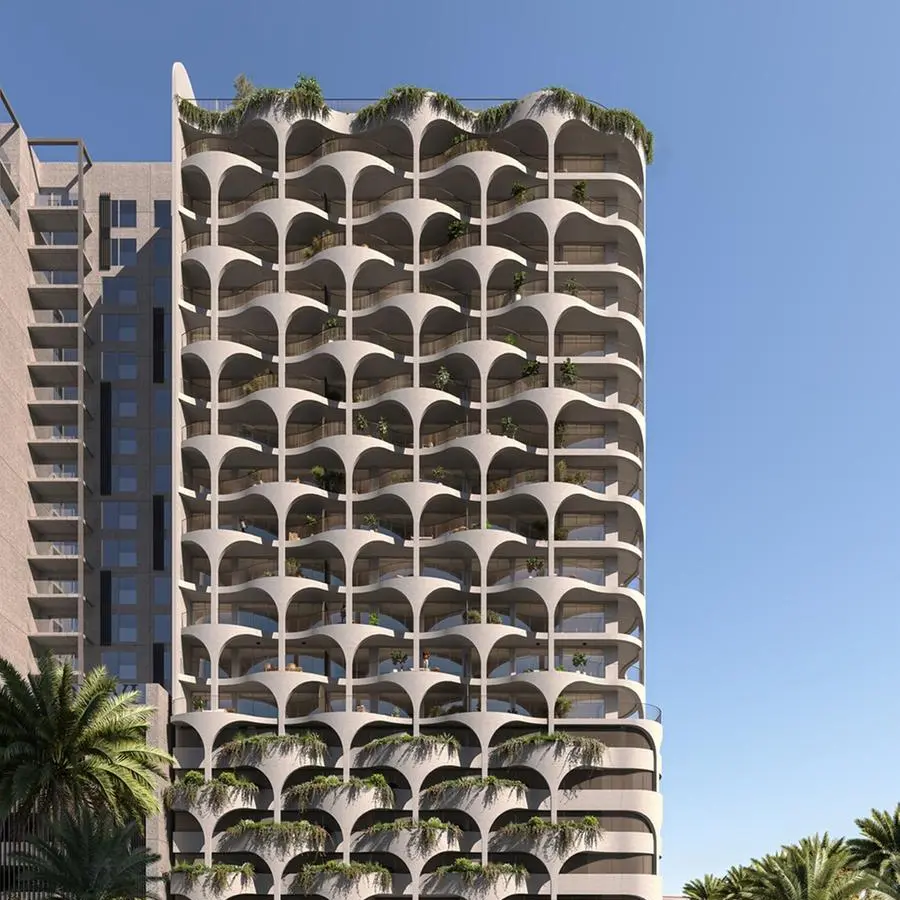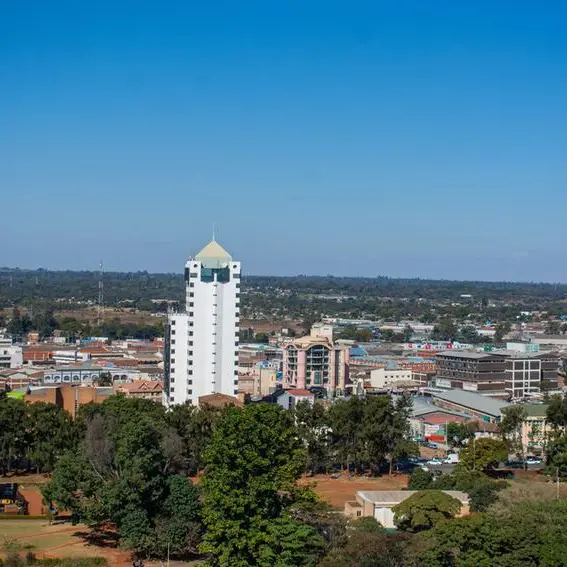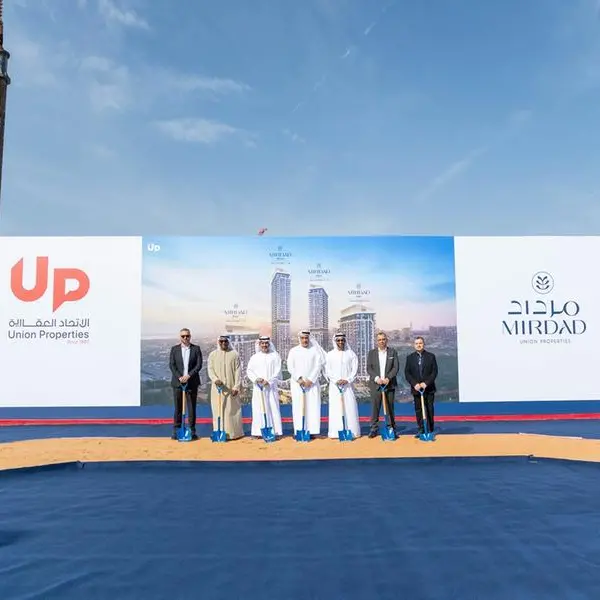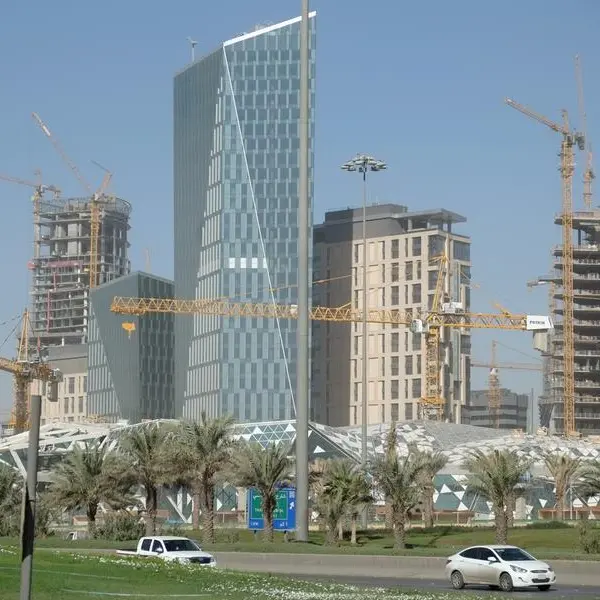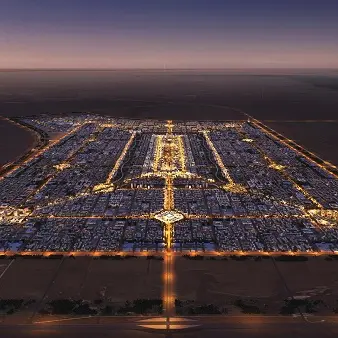PHOTO
Higher prices for commodities such as metals and energy will filter into construction materials and components, pushing up UAE’s tender price inflation further in the short term, global professional services company Turner & Townsend said in its latest survey titled UAE market intelligence report.
“Rising energy prices and ongoing supply-chain disruptions against the backdrop of volatile market conditions are having a considerable impact on costs in the UAE, which has already materialised into higher prices over the first half of 2022,” the survey said.
The UAE construction market will continue to wrestle with disrupted trade, supply chains and remittances, it added.
In the long term, reduced construction confidence and higher investor uncertainty will weigh on asset prices, with tightening financial conditions, together with rising inflation, may restrict construction growth prospects.
Strong work pipeline
The survey results gave a diverse set of responses when assessing tendering conditions, with 34 percent believing that UAE tendering conditions were moderate with strong competition. However, 72 percent suggested a positive outlook for the UAE construction industry, where a strong pipeline of projects is set to boost the market.
On the other hand, 28 percent of respondents believed that tender prices were high due to low levels of competition or a shortage of contractors. This generally correlates with the sentiment feedback in that 60 percent of the main contractors surveyed do not see the market as “warming” and are experiencing large, strong competition.
“Perhaps this may shift in the foreseeable future as the market heats and inflationary pressures come into play,” Turner & Townsend said.
Most prevalent tendering
In addition, 47 percent of the survey takers said that the most prevalent form of tendering in the UAE construction market was “single stage”, which will likely continue to be the preferred means of tendering as the market continues to mature and thrive on competition.
Nearly 21 percent of respondents voted ‘design & build’ as their most common form of procurement route over the last six months, while 17 percent voted ‘two stage’ or ‘framework’ as their routes.
(Writing by P Deol; Editing by Anoop Menon)
